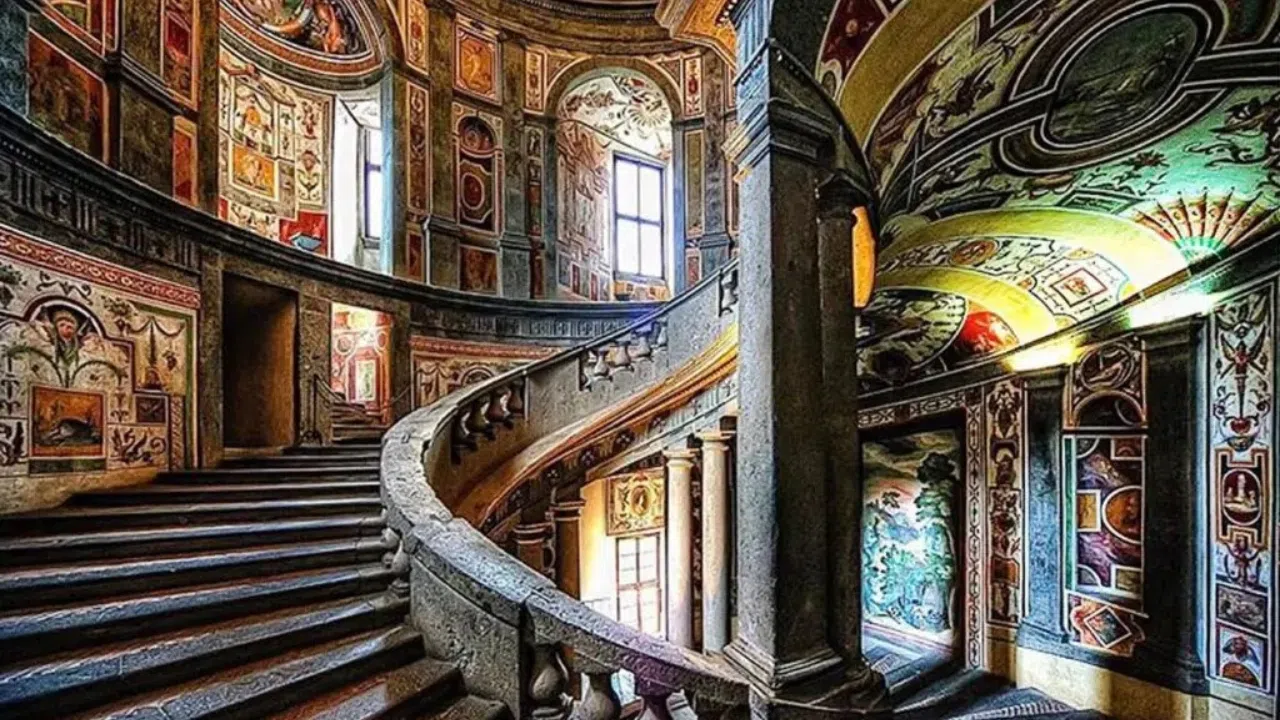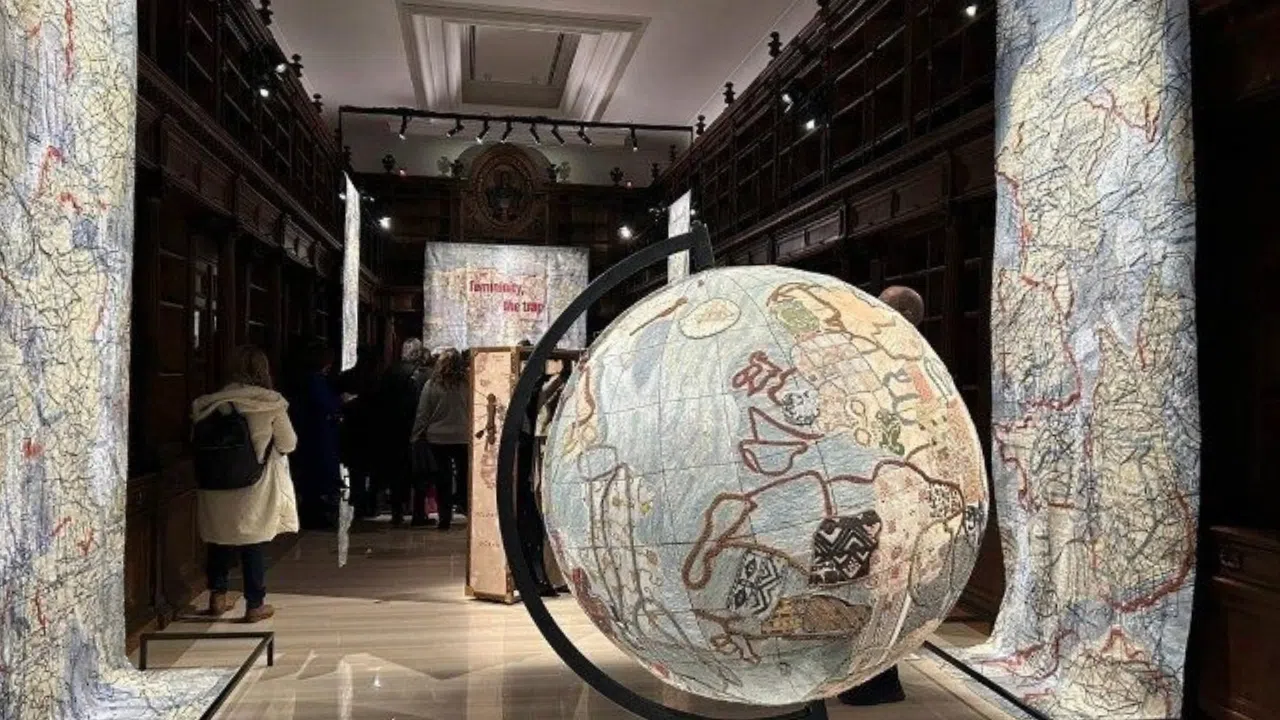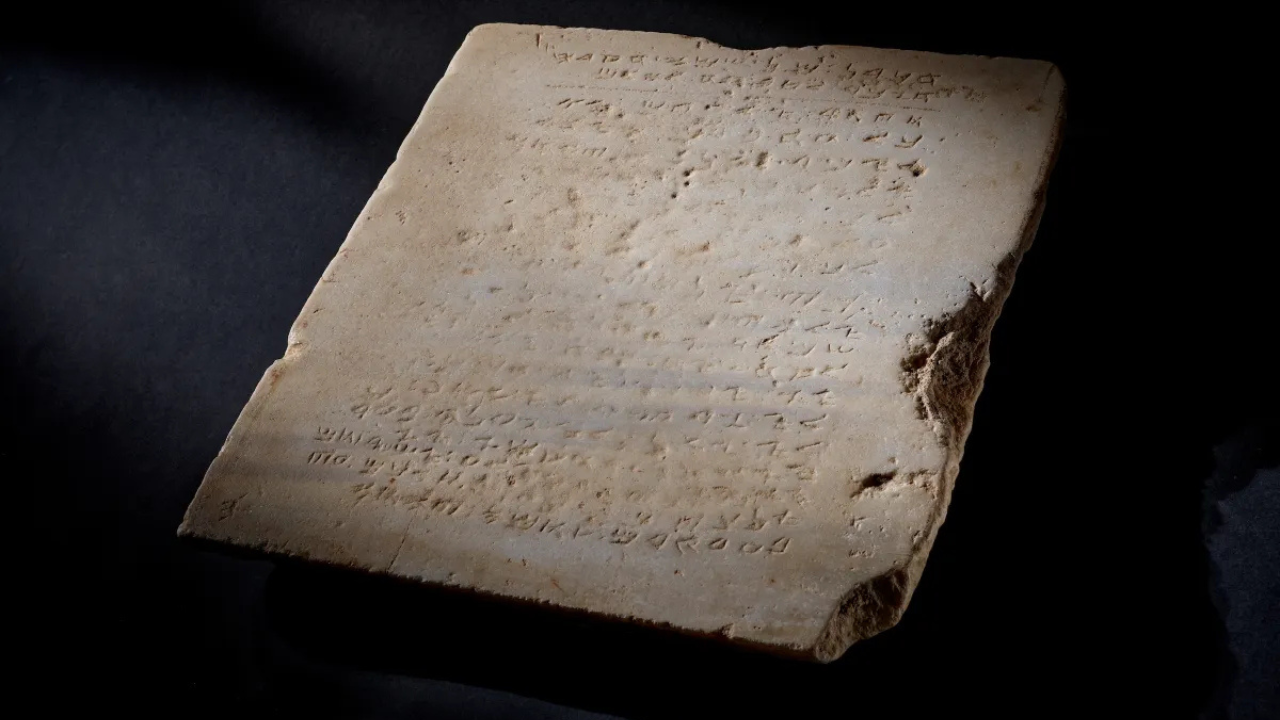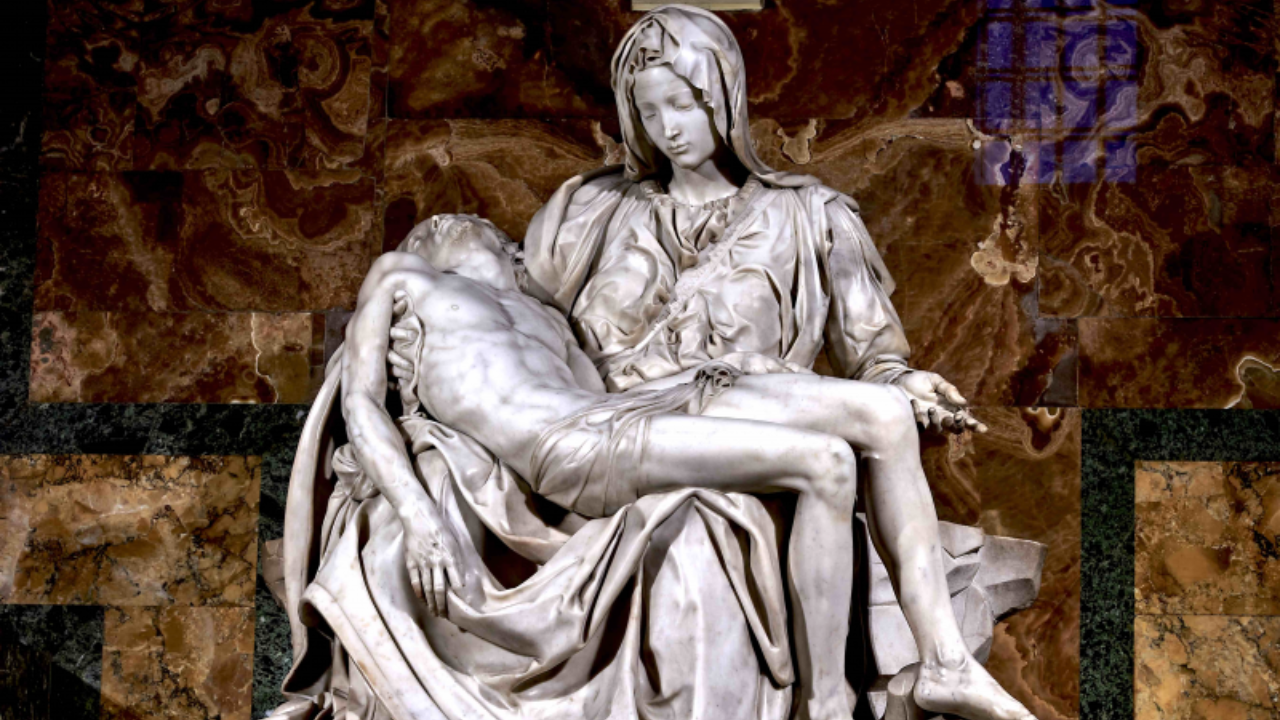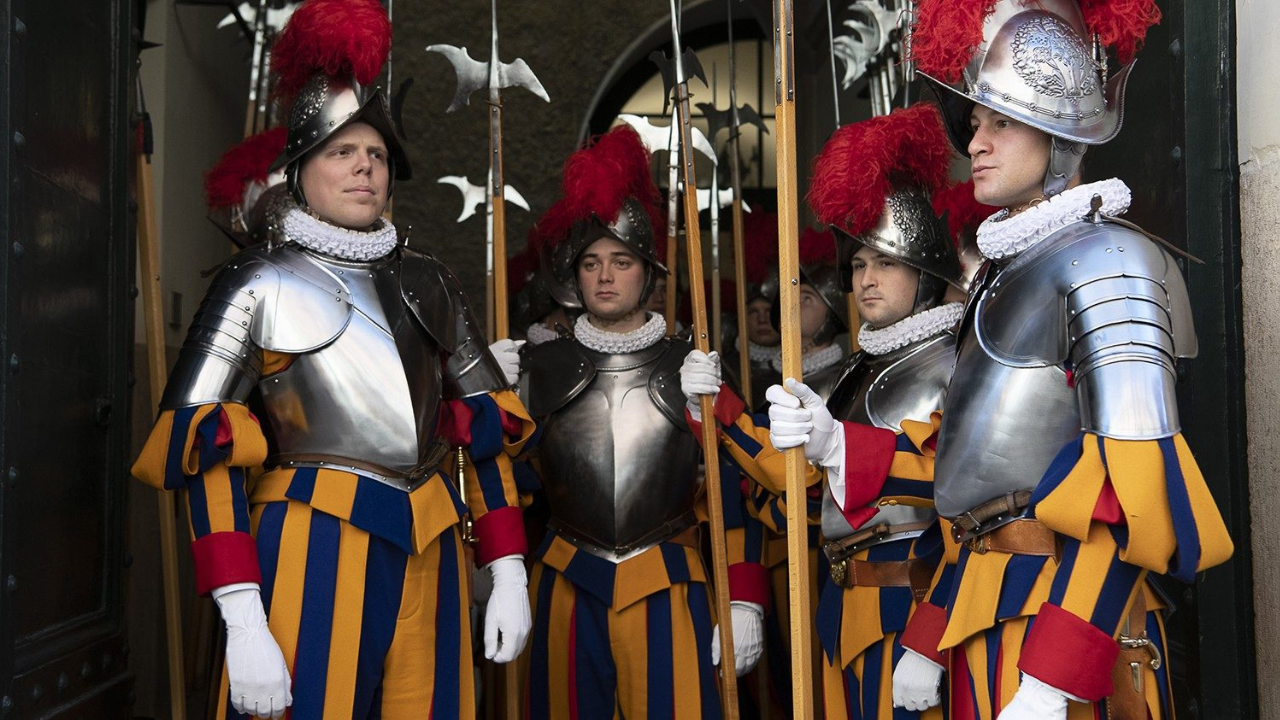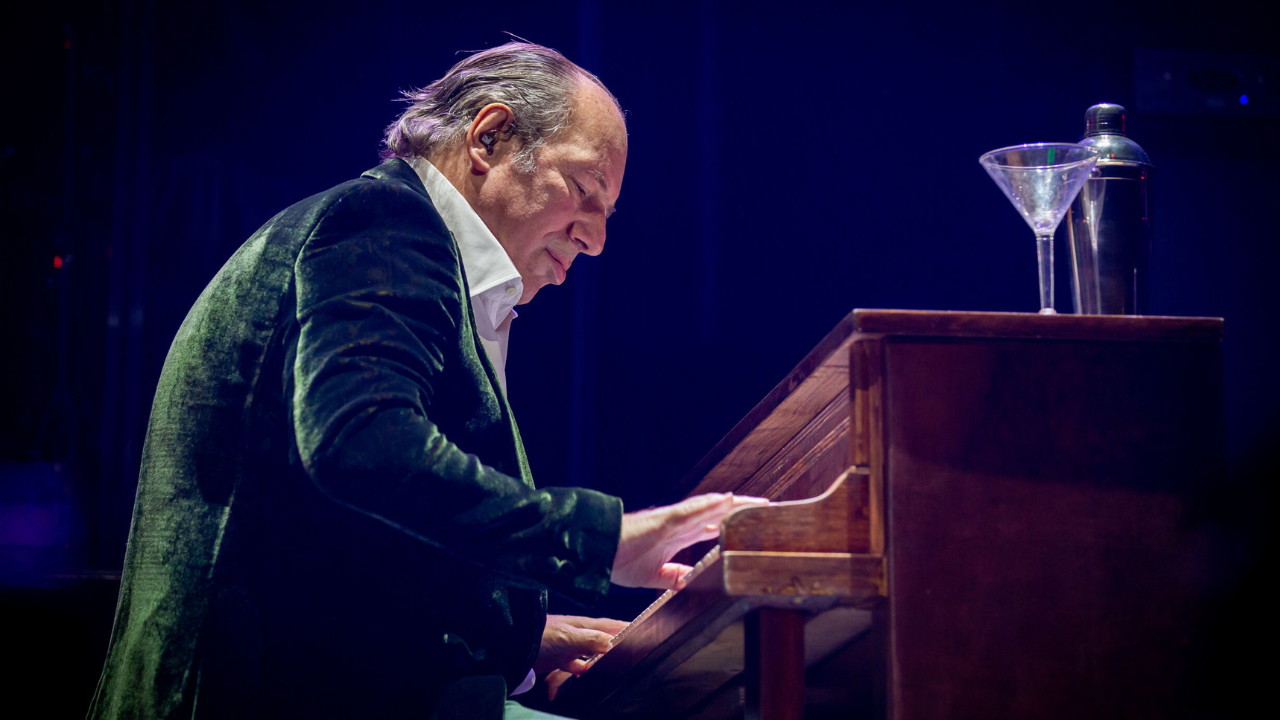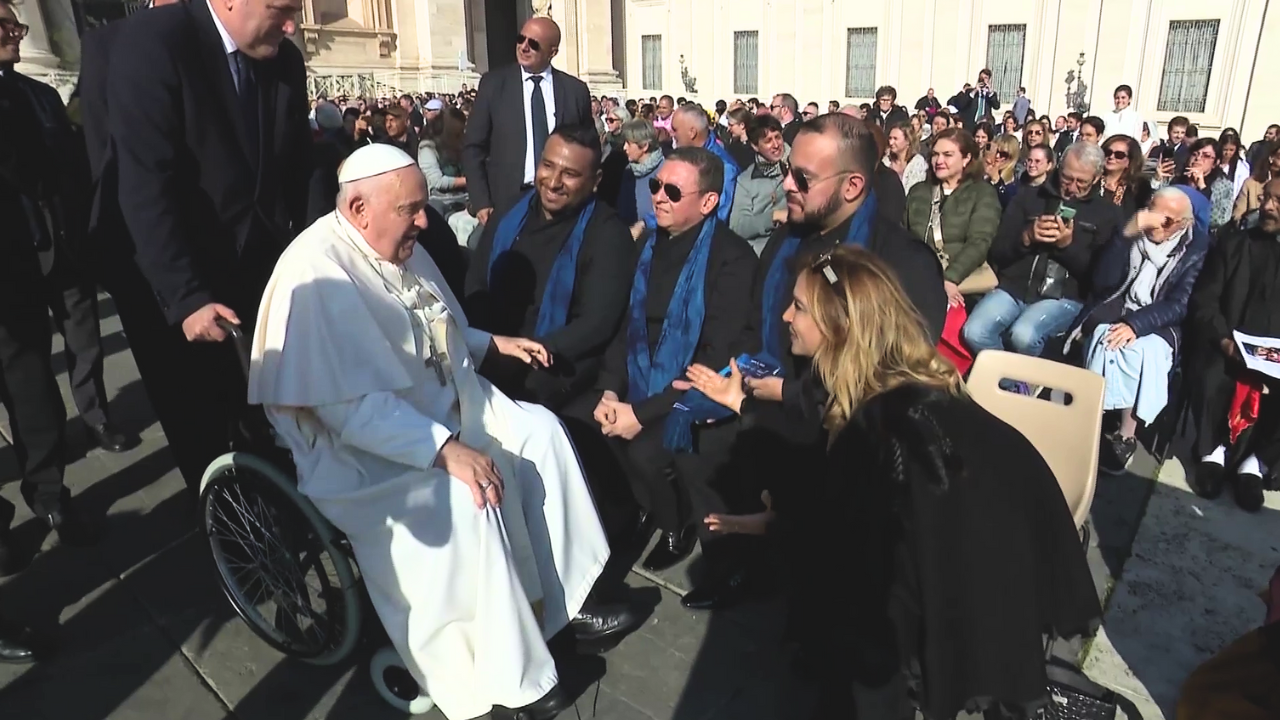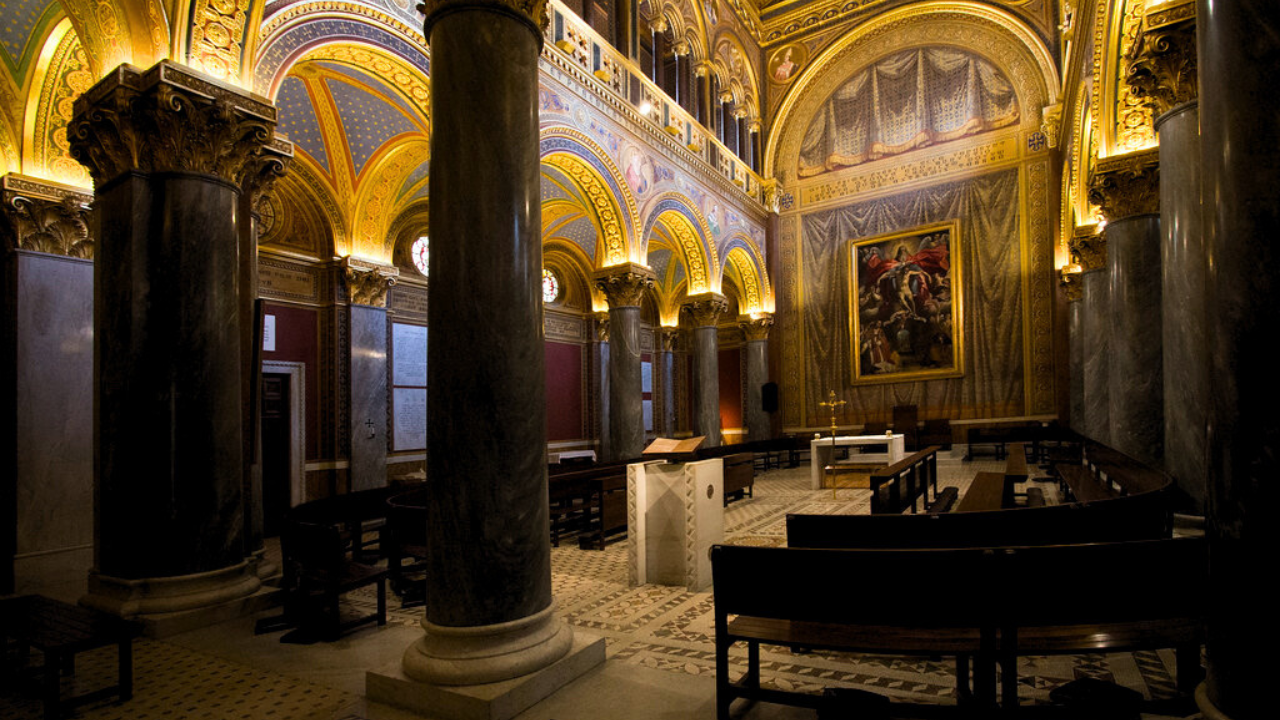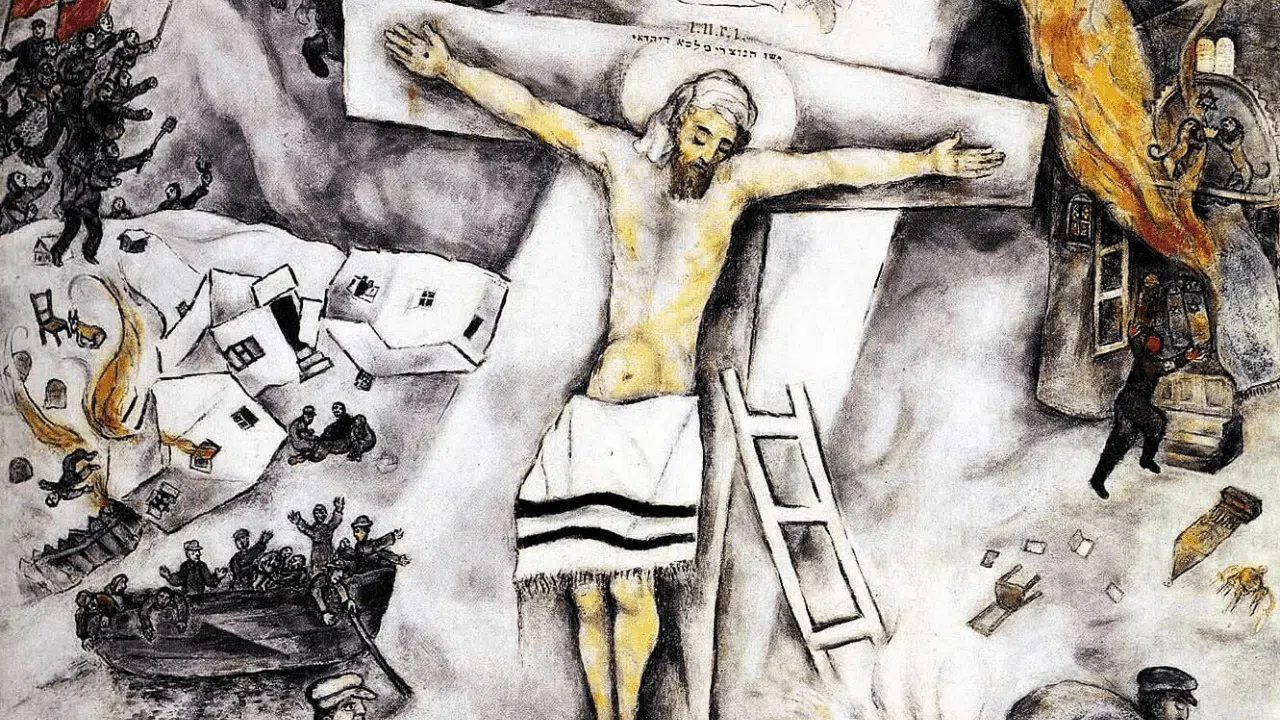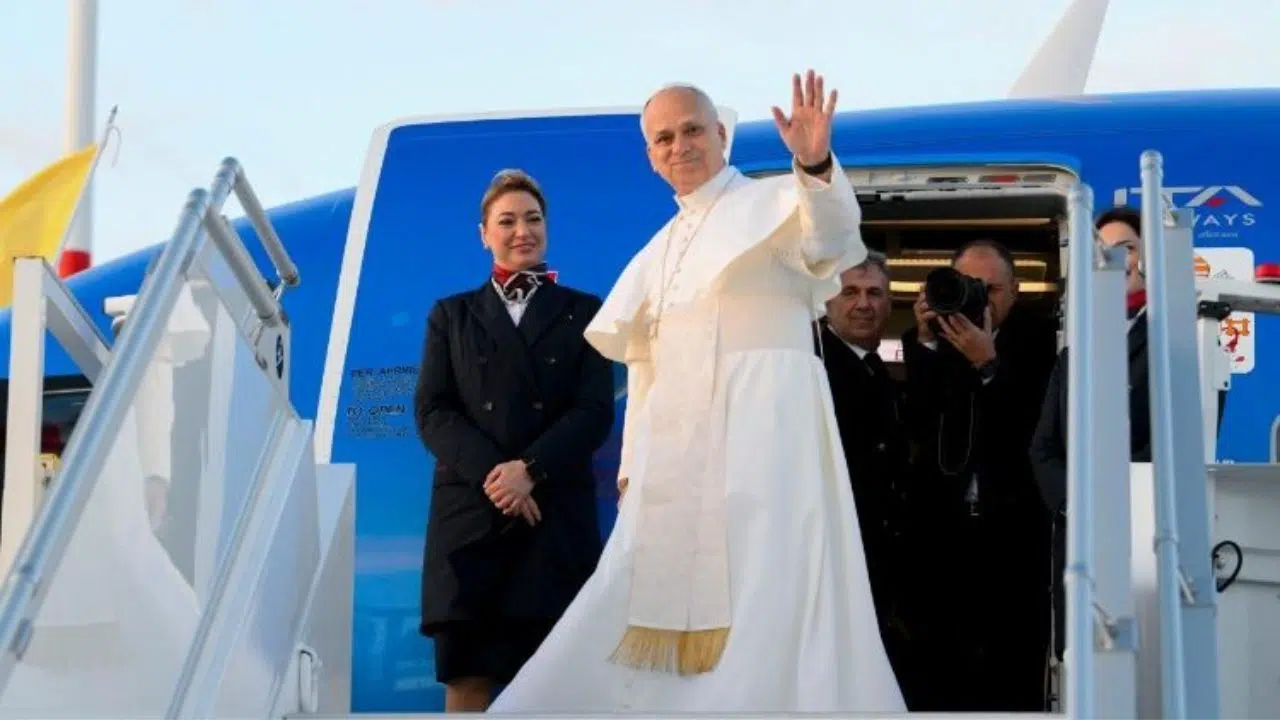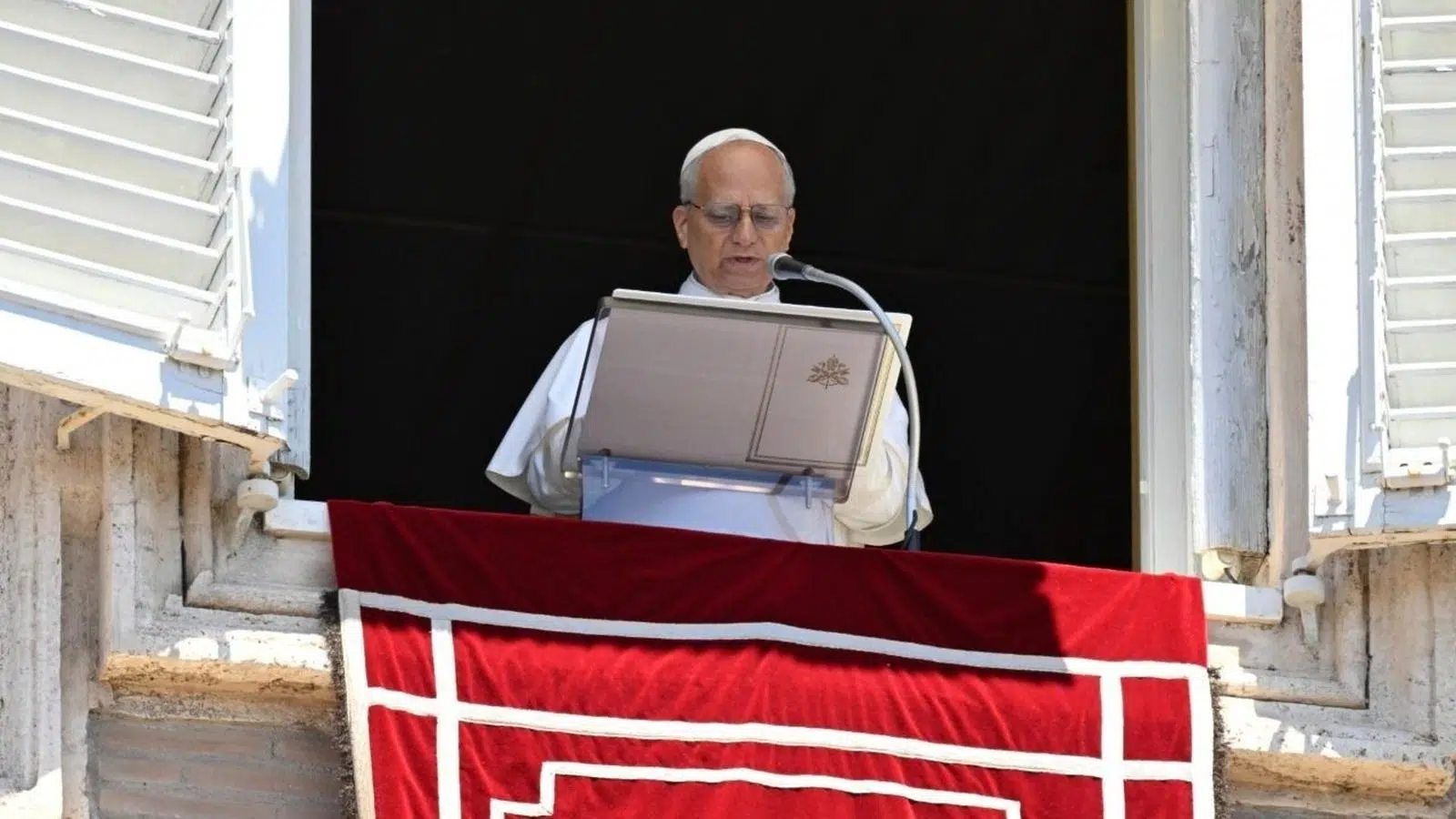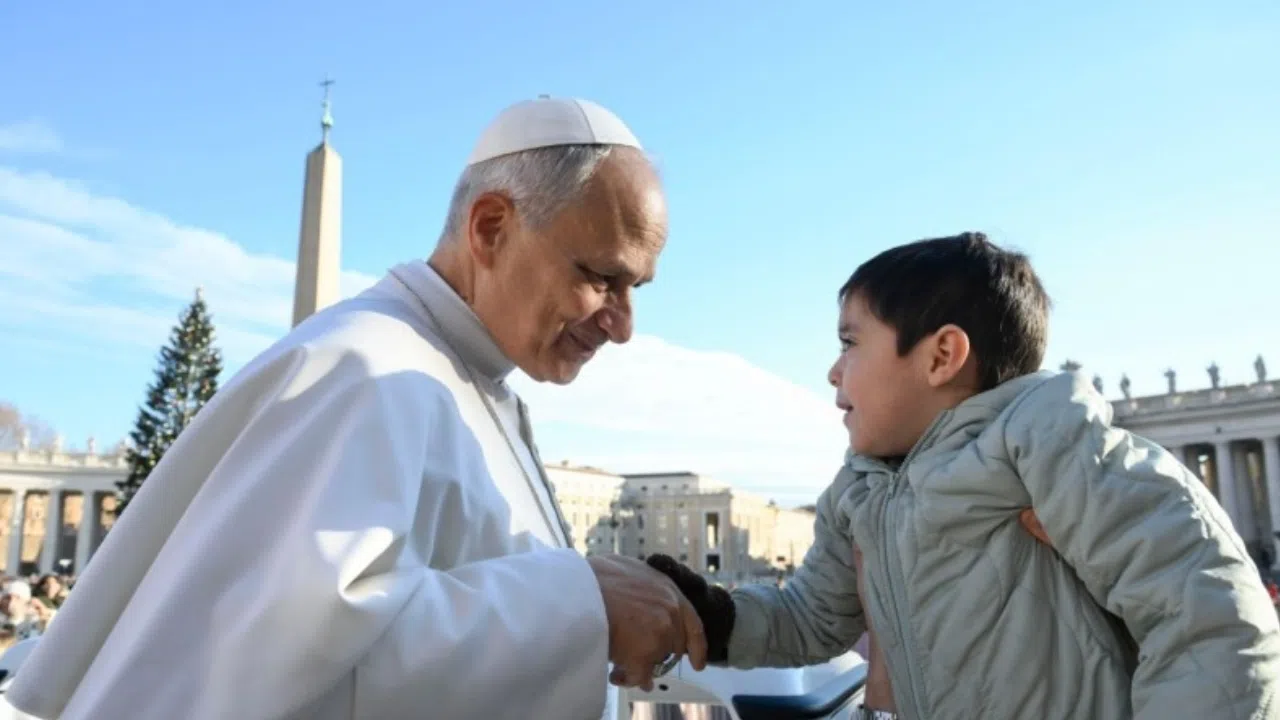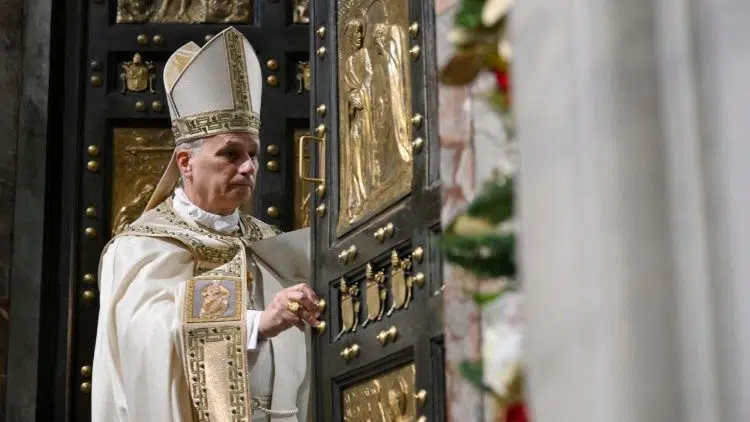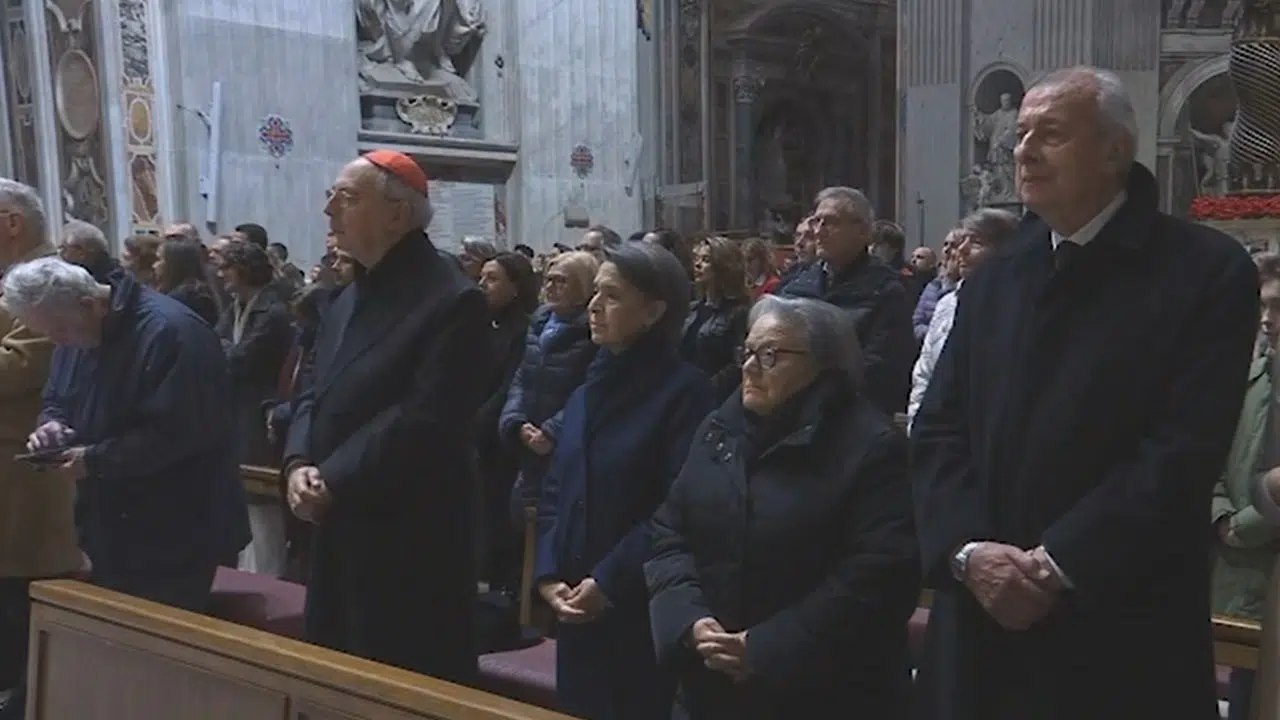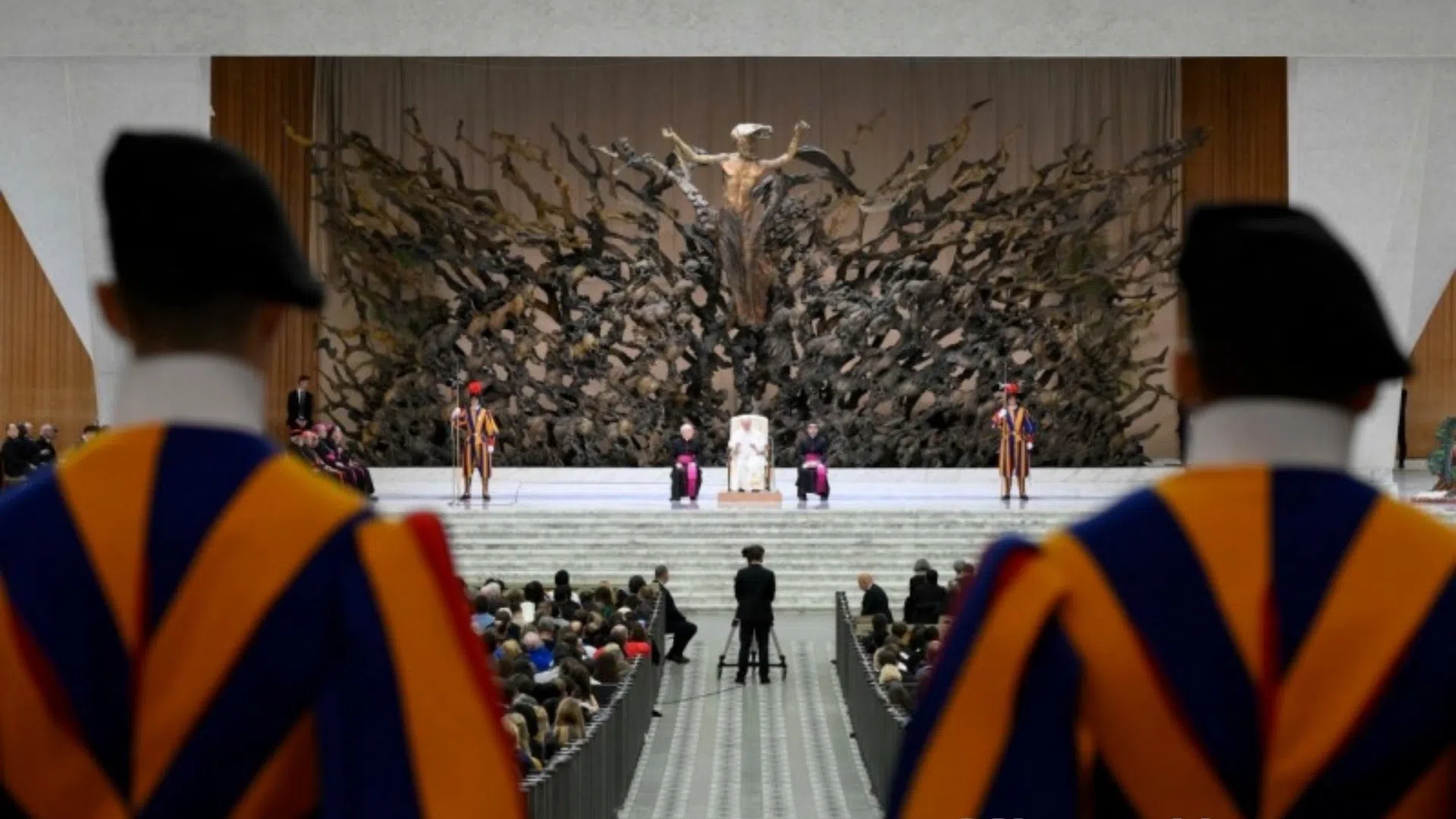Nearly 2,000 years after his death, the first Roman emperor returns to Rome. Emperor Augustus led the empire for over 40 years, marking the longest rule in Roman times.
His empire extended all across Europe. This exhibit marks the bi-millennium of his death by commemorating his life and achievements through unique art pieces.
CLAUDIO PARISI PRESICCE
Co-director, 'Augustoâ?
'What called my attention the most was the chance to bring together so many masterpieces. Many are on display for the first time, or they have left their permanent home for the first time. And we're talking about Italian as well as foreign museums.â?
Among the prized masterpieces is this bronze sculpture of Augustus emerging from the Aegean Sea, which is on Italian soil for the very first time. There are also contributions from museums in London, Paris, Vienna and New York. The British Museum lent this rare cameo broach, known as the White Cameo. It's made from polished onyx, a semi-precious stone. Another London import is the head bust of the emperor. Augustus loves his image and was well aware of the power it conveyed.
CLAUDIO PARISI PRESICCE
Co-director, 'Augustoâ?
'This exhibit displays the figurative art of the Augustan time period, by bringing together the main art works that show how Augustus used art for propaganda. It shows how he transformed the republican Rome into an imperial Rome, using the power of images.â?
As a result, the emperor's image appeared in coins or cameos, like these two, brought in from New York and Paris. But without a doubt, one of the most iconic images of Octavian Augustus is this one: the Augustus of Prima Porta. It depicts him rallying his troops before battle. The sculpture leaves the Vatican Museums for the first time ever. That masterpiece is flanked by the Doryphoros, a classical Greek sculpture, on lease from the Naples National Archeological Museum.
But this exhibit, describing the personal life of Augustus, and his victories on the battlefield, would not be complete without his arch-nemesis, Cleopatra.
Though his presence in Rome survives 2000 years after his death, this unique exhibit will only be on display until February of next year.
AC/RCA
AA
-
-PR
Up: JMB
